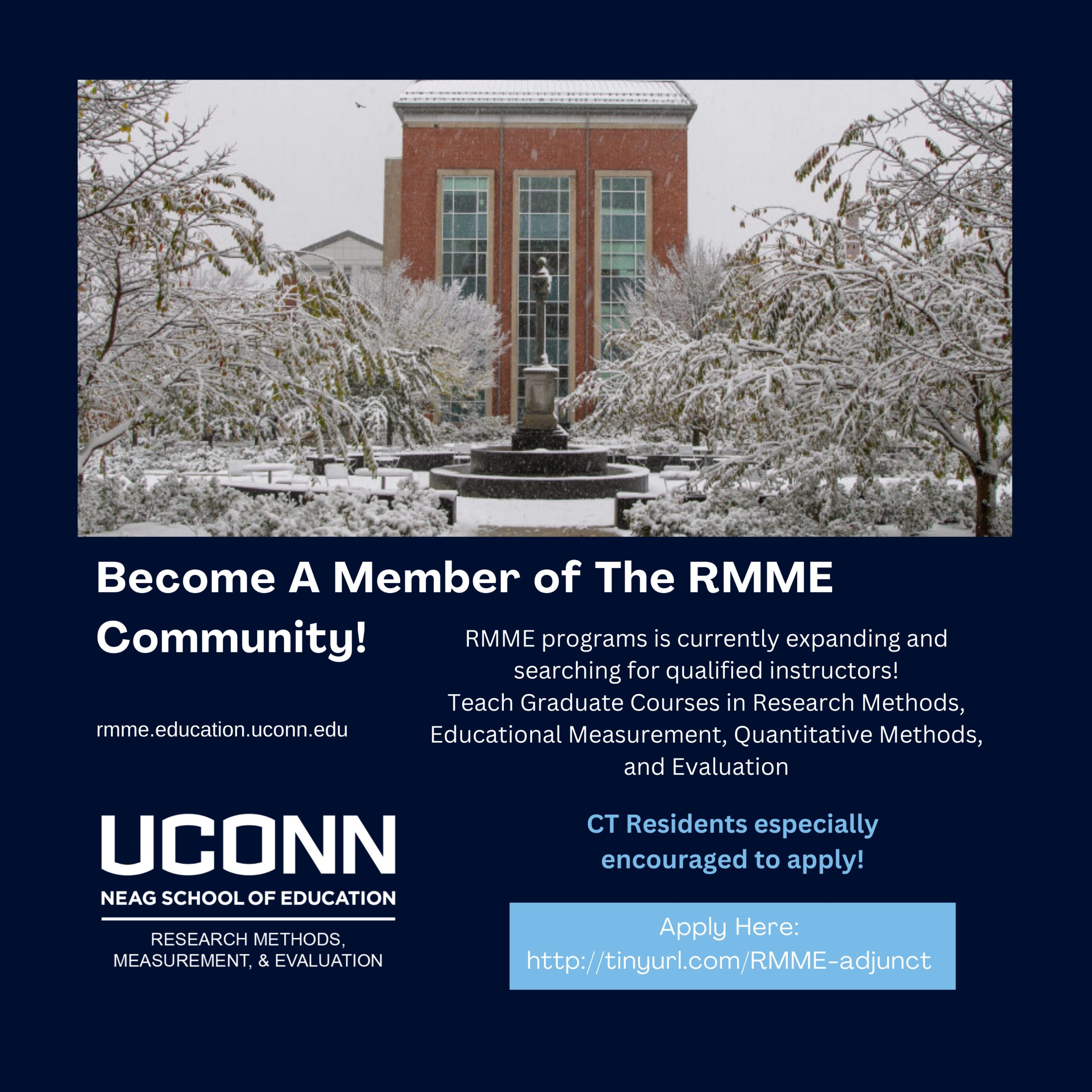RMME/CEPARE Colloquium
Designing a Measure of Implementation for a Non-Prescriptive Mathematics Intervention
Dr. Robert Schoen
Florida State University
Thursday, April 18, at 3PM ET
Gentry 142
Dr. Robert Schoen is an associate professor of mathematics education in the School of Teacher Education and the associate director of the Florida Center for Research in Science, Technology, Engineering, and Mathematics in the Learning Systems Institute at Florida State University. This talk will address the various phases in the development, use, and validation of an instrument designed to measure implementation of Cognitively Guided Instruction (CGI) during mathematics instruction. Several experimental trials of CGI-based teacher professional development programs indicate that the CGI programs increased student achievement. But the CGI programs did not offer clear guidance about how to teach mathematics, complicating the process of measure development and validation.
*Please contact Dr. Sarah D. Newton at sarah.newton@uconn.edu for access information to remotely attend this talk*
